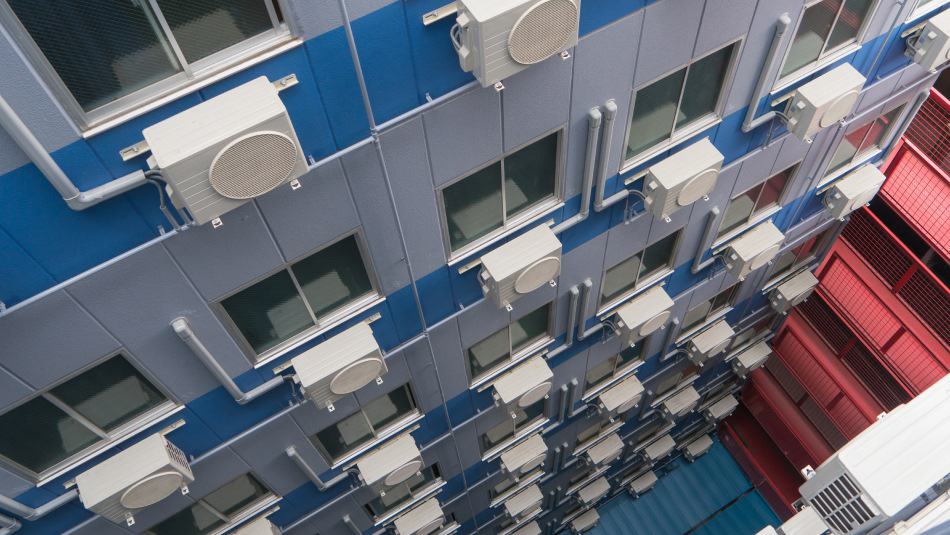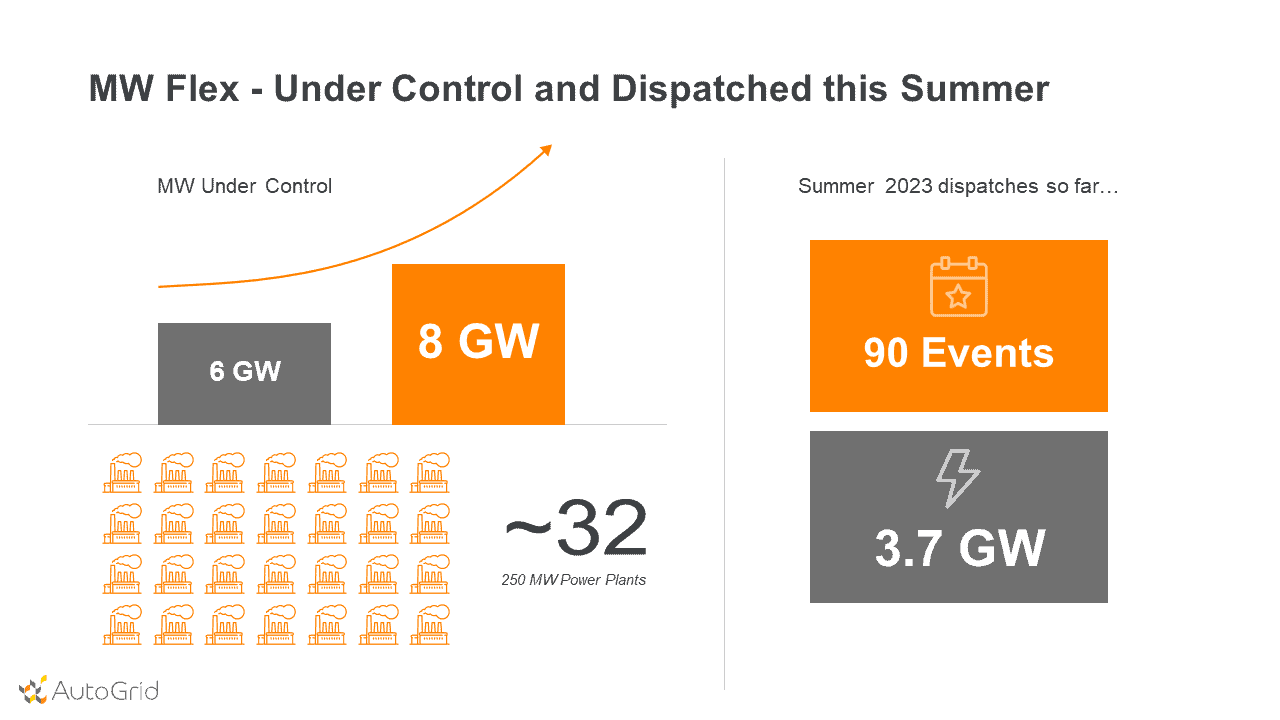Hard to believe as I write this, but this past Independence Day in the U.S. was among the hottest days ever recorded in human history. It’s only July, but record temperatures continue to roil and roll across not only the U.S. but the rest of the world. Last weekend, it was estimated that 80 million people in the U.S. alone would experience a heat index of 105 degrees F, according to the National Weather Service. And August, traditionally the peak for summer temperatures, looms just ahead on the horizon.
Grid operators, utilities and other key stakeholders are sounding alarms about capacity shortages this summer due to unprecedented heat-related stresses on the grid. These impacts are a direct result of the global climate crisis and will only accelerate in frequency and duration in the future.
Traditional solutions to short-term supply shortages – such as fossil fuel peaker plants – may meet the immediate need for capacity but also help accelerate climate change due to high emission rates. This cycle is undeniably vicious.. Transmission upgrades are vital to help build the net zero carbon grid of the future by integrating large-scale solar and wind farms into the nation’s power grids. But building transmission lines is contentious and time-consuming. What can we do right now?
For more than a decade, AutoGrid has been preparing for and tackling this annual challenge to grid reliability with one of the most fundamental of solutions to heat-related stress on our power grids: demand response (DR).
Our progress report for summer 2023? So far, so good in avoiding massive outages. Texas has been the focal point of how best to prepare power grids and develop contingencies to address major heat waves this summer and is providing proof points on how DR and distributed energy resources (DER) are, with the help of AI, critical to keep the grid up and running.
Global Response, Local Resources
All told, as of mid-July, AutoGrid controlled DR assets were called upon and dispatched 90 times. That number will continue to grow as summer fades to fall. These dispatches delivered a large amount of capacity to worldwide energy markets. In fact, all told, almost 3,700 MW of load reductions helped grids stay up and running, offering reliability services with a mix of technologies that do not pollute and which leverages contributions from both commercial and industrial customers as well as residents.
The two largest sources of DR orchestrated by AutoGrid’s Flex platform were in Texas (1,510 MW) and in France (1,300 MW.) Europe has been particularly hit hard by heat the past few years, where AC has not been traditionally installed in older homes. Hong Kong is next in line with just over 300 MW. China and other parts of the Asia Pacific, including Australia, have also been hit hard.
Every MW of load reduced from the grid network can help bolster reliability. In Texas, AutoGrid so far has also helped a municipal utility in Texas shed another 280 MW during 10 separate events.
All told, AutoGrid has increased its total flexibility portfolio from 6 to 8 gigawatts (GW), a total that includes EVs as well as front-of-the-meter grid-scale batteries.
Summer DR Playbook
Here are three ways to optimize DR to address grid challenges imposed by extreme heat waves:
- Integrate and Orchestrate
New DR assets have rapidly proliferated on the grid, including air conditioners, heat pumps and smart thermostats. Utilities’ implementation of various strategies to manage highly controllable loads has ranged from denial and deferral to incremental acceptance. As a result, various uncoordinated and incomplete point solutions have emerged for each new asset, While these point solutions did provide short-term answers, utilities are starting to realize that a more holistic solution is needed.
- Surgically Target Relief to Defined Local Load Pockets
Small-scale disaggregated deployments of DR resources may provide limited relief to the grid. However, an aggregation of DR sources, harvested from diverse loads in a defined local area, can serve as a more flexible, nimble and affordable solution to meeting summer demand peaks. Traditionally, distribution utilities had no way to aggregate these resources in specific local areas for maximum benefit. As market structures evolve to compensate prosumers for grid services, this limitation is fading. The combination of market reforms – and advances in AI and other digital technologies – has set the stage for an energy revolution revolving around the concept of distributed energy resource management systems (DERMS.).
- Combine DR with other DER Assets into multi-asset Virtual Power Plants (VPPs)
The process of interconnecting and then managing DR with other DER assets such as rooftop solar photovoltaics, distributed batteries and electric vehicle (EV) charging is not straightforward. This new market dynamic introduces higher levels of heterogeneity, decentralization, and a number of end-devices – all challenges that require precise, real-time data management systems. AI-driven flexibility management allows for the opportunity to scale the traditional relationships between an independent system operator, utility companies, and end devices with such a rapid growth of forecasted DERs into VPPs.
From DR to DERs, Flexibility is Key
Grid flexibility is becoming increasingly important in the worldwide transition towards intermittent renewable resources. The heightened demand imposed upon existing grid infrastructure by rising electrification of buildings and transportation underscores the business case for flexibility. Whether responding to past summer heat waves in California or anticipating future heat domes along the eastern seaboard, DR and DERs can be a cheaper and cleaner option than the status quo to meet reliability and resilience needs. With increased frequency of extreme weather events (such as recent heat storms), transmission and distribution system congestion, and proliferation of intermittent resources on the grid, resilience and reliability are now paramount. DR is the first line of defense to stretch thin power supplies . AutoGrid stands ready to ramp up its portfolio of DR and DER assets to meet the challenges that the climate crisis continues to throw at the world’s electricity infrastructure.

Power Down Dirty Peaker, Clean Up with Virtual Power Plants
See stats on Peaker’s huge environmental impact and alternative VPPs offers.





